Performance Post: What is the Posterior Chain?
Performance Post: What is the Posterior Chain?
The last few weeks, my performance posts have focused on general training concepts necessary for young softball players. The topics ranged from overspecialization, to general fitness, to imbalances caused by the sport, to the core and rotational aspect of
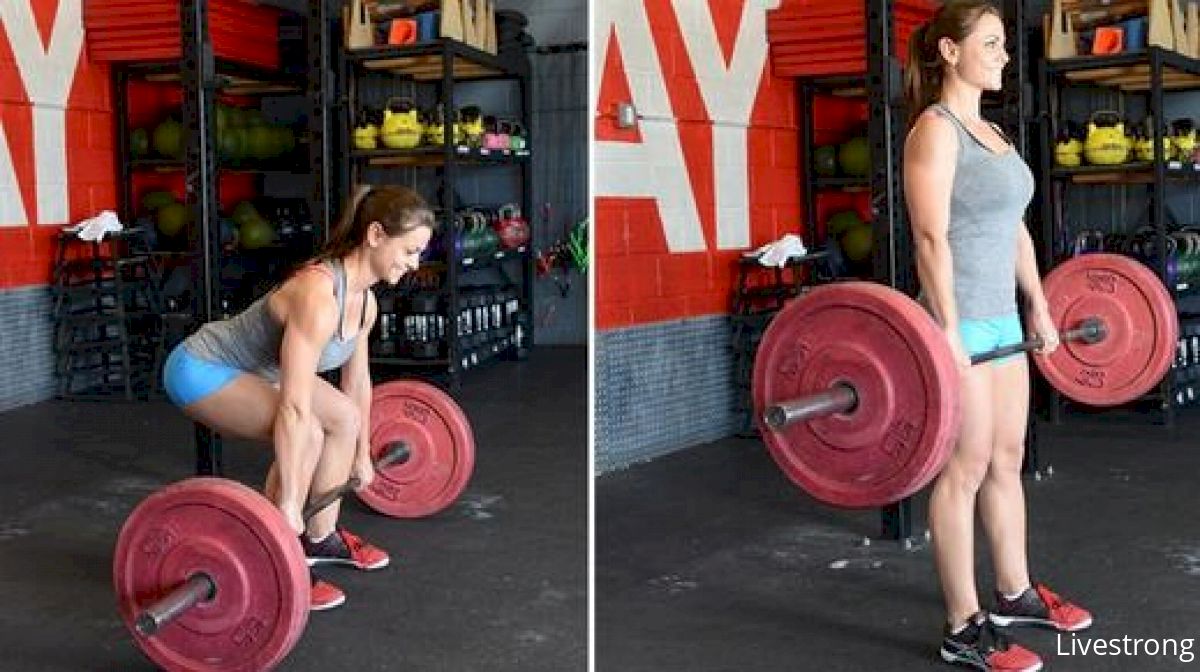
The last few weeks, my performance posts have focused on general training concepts necessary for young softball players. The topics ranged from overspecialization, to general fitness, to imbalances caused by the sport, to the core and rotational aspect of the sport.
This week I want to convey to coaches, parents, and players the importance of a group of muscles known as the posterior chain and provide a brief explanation of why they’re important and how to train them.
Many readers may have never heard of the term or if they have, they’ve heard it described as a limited group of muscles: erectors (low back), glutes, and hamstrings. More accurately, the posterior chain is essentially the entire back of the body, including muscles from the upper back all the way down to the calves.
Different portions of the posterior chain are important to softball athletes for different reasons, and I want to explain several key parts of the posterior chain that are especially relevant for softball athletes.
The first part of the posterior chain that is important for softball athletes is the upper back and back part of the shoulder. Quite often, young athletes and misinformed coaches emphasize the chest and front part of the shoulder when training throwing athletes like softball players.
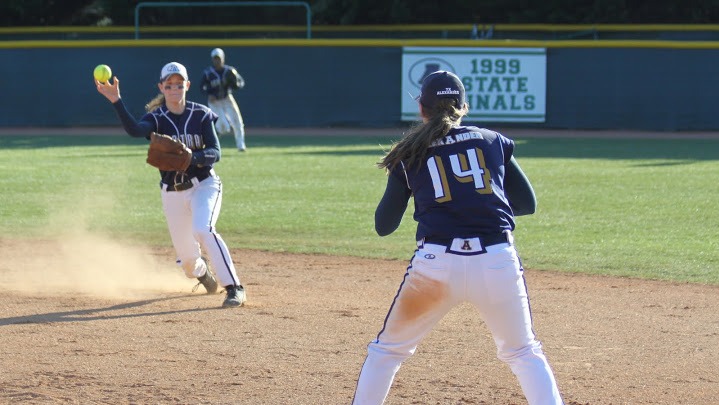
The muscles in the upper back and shoulder are responsible for
decelerating the arm during a throwing motion
Without question, the chest and front of the shoulder contribute to throwing, but the back of the shoulder and upper back are just as important for performance and are more important for injury prevention and shoulder health.
Muscles in the upper back and shoulder are responsible for decelerating the shoulder during a throwing motion. This may sound counterintuitive — training muscles to decelerate instead of accelerate the shoulder — but deceleration is absolutely necessary for the health of the shoulder tissues. A majority of shoulder injuries in the rotator cuff happen during the deceleration phase of a throw.
Beyond injury prevention, deceleration is actually necessary for increasing throwing velocity and here is why. If the muscles responsible for deceleration are weak and undertrained, the deceleration phase must be initiated earlier in the motion. Earlier initiation of the deceleration phase results in less time in the acceleration phase and overall decreased velocity.
Another portion of the posterior chain relevant to softball athletes are the muscles commonly referred to as the posterior chain: the erectors (low back), glutes, and hamstrings.
Softball, as opposed to a sport like cross country or rowing, is an explosive sport. A majority of the movements in softball — throwing, pitching, fielding, sprinting, hitting — are short, explosive movements, most of which are initiated in the core and translated through the hip and shoulder joints.
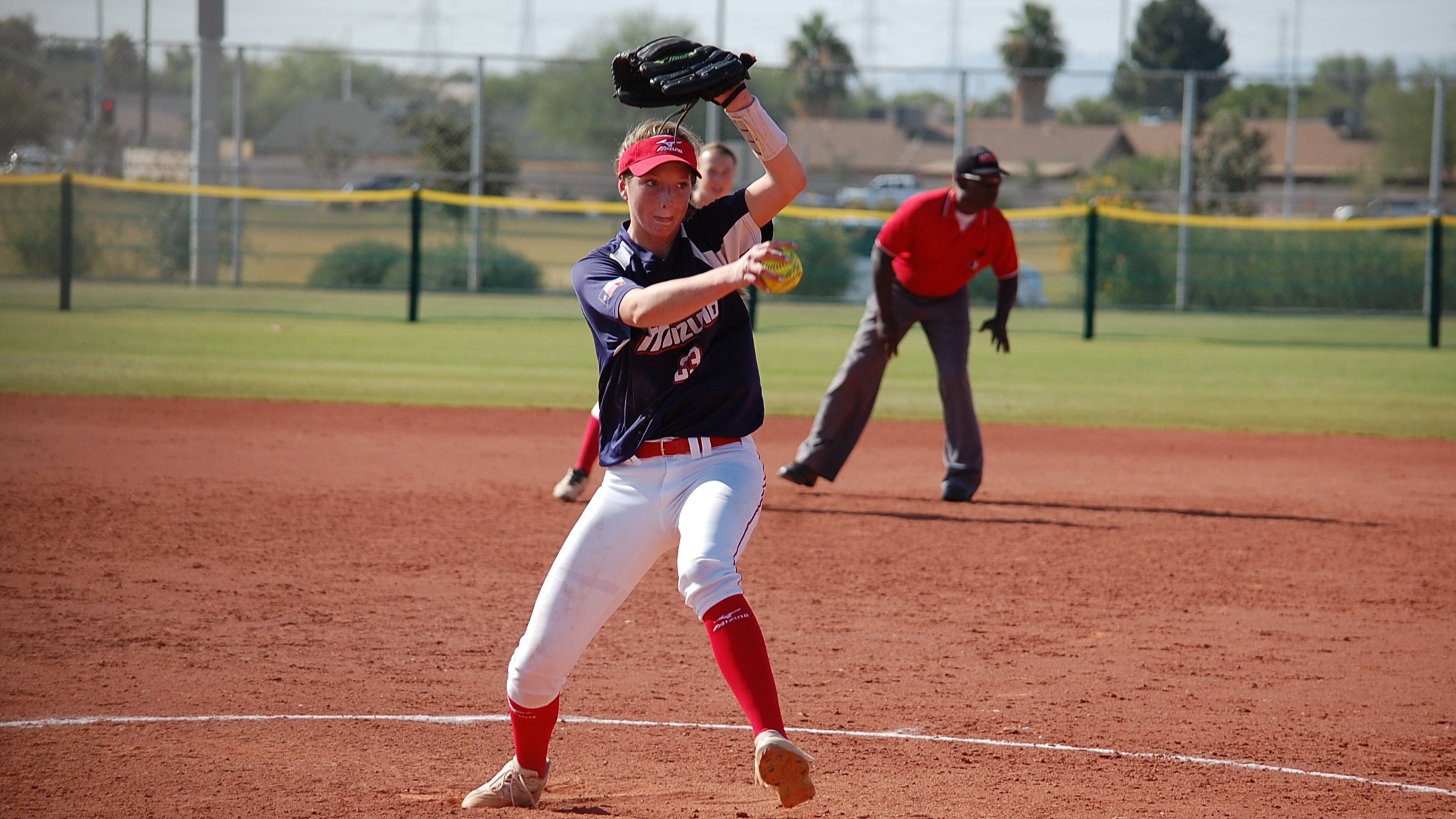
The drive off the mound is an explosive movement that requires
strong glutes and hamstrings
The muscles in the hips and legs that constitute the posterior chain — glutes and hamstrings — are among the biggest, most powerful muscles in the body and are responsible for transferring force from the core to the legs and producing explosive power. For example, pitchers use their glutes and hamstrings to drive off the mound and correct sprinting uses the glutes and hamstrings as well.
In addition to performance, the posterior chain muscles around the hip are important for injury prevention. Knee ligament injuries are one of the most common injuries in young female athletes, and they often occur as a result of weak hamstrings.
Too often, trainers focus on strengthening the important muscles of the posterior chain by isolating them and doing specific exercises that target only that muscle group. This concept of isolation makes no sense, either practically or physiologically.
I will devote an entire article to the shoulder and how properly to train it. For the time being, follow the general rule of not “over-pressing” throwing athletes.
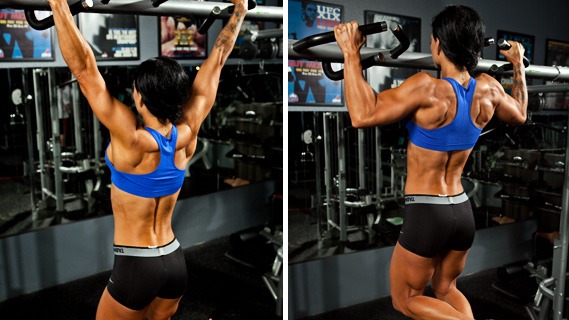
Pullups are an example of a basic pulling exercise
Two primary movement categories for the upper body are pressing and pulling. Pressing movements are any that engage the chest and triceps. Common examples are pushups, bench press, dips, and overhead presses. Pulling movements are any that engage the back and biceps. Common examples are pullups, dumbbells rows, and bent over barbell rows.
As I mentioned in my previous article on imbalances, front-to-back balance is necessary for injury prevention. For throwing athletes, the number of “pulling” exercises in a workout should be equal to or greater than the number of “pressing” exercises.

Mistakingly considered dangerous by many, the deadlift is one of
the best posterior chain exercises for young athletes to perform.
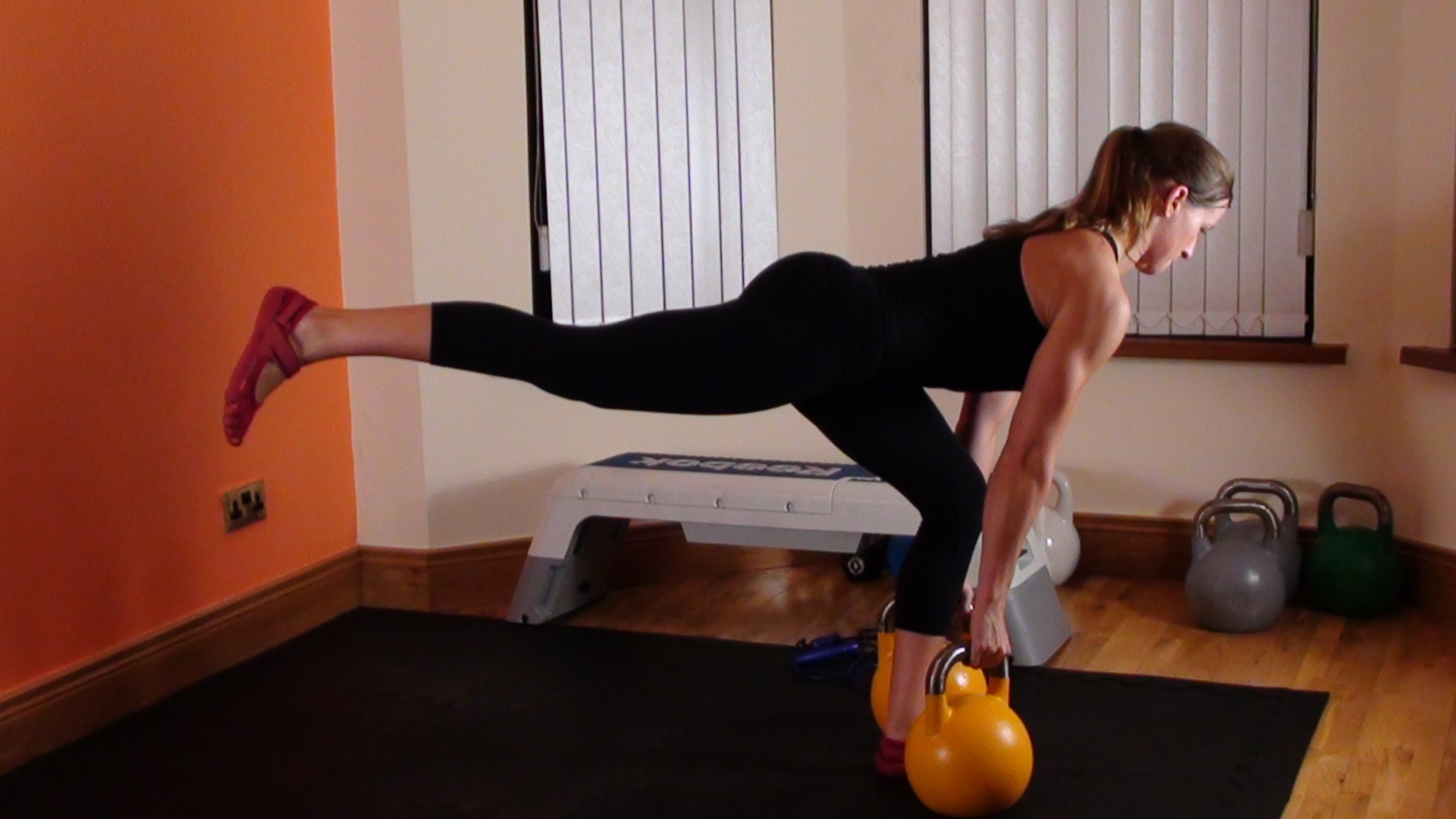
Single leg Romanian deadlifts are another excellent posterior
chain exercise, especially for the hamstrings.
For the posterior chain muscles in the legs and hips, compound, multi-joint exercises should comprise a majority of posterior chain exercises. Some of the best exercises to develop strong glutes and hamstrings are back squat, deadlifts, single leg Romanian deadlifts, and split squats.
In the following weeks, I’ll discuss in more depth the shoulder joint and how to train it as well as the explosive nature of softball and how to effectively train the muscles to maximize explosiveness. Keep reading FloSoftball’s weekly performance posts to get the most out of your strength and conditioning programs!
This week I want to convey to coaches, parents, and players the importance of a group of muscles known as the posterior chain and provide a brief explanation of why they’re important and how to train them.
Many readers may have never heard of the term or if they have, they’ve heard it described as a limited group of muscles: erectors (low back), glutes, and hamstrings. More accurately, the posterior chain is essentially the entire back of the body, including muscles from the upper back all the way down to the calves.
Different portions of the posterior chain are important to softball athletes for different reasons, and I want to explain several key parts of the posterior chain that are especially relevant for softball athletes.
The first part of the posterior chain that is important for softball athletes is the upper back and back part of the shoulder. Quite often, young athletes and misinformed coaches emphasize the chest and front part of the shoulder when training throwing athletes like softball players.

The muscles in the upper back and shoulder are responsible for
decelerating the arm during a throwing motion
Without question, the chest and front of the shoulder contribute to throwing, but the back of the shoulder and upper back are just as important for performance and are more important for injury prevention and shoulder health.
Muscles in the upper back and shoulder are responsible for decelerating the shoulder during a throwing motion. This may sound counterintuitive — training muscles to decelerate instead of accelerate the shoulder — but deceleration is absolutely necessary for the health of the shoulder tissues. A majority of shoulder injuries in the rotator cuff happen during the deceleration phase of a throw.
Beyond injury prevention, deceleration is actually necessary for increasing throwing velocity and here is why. If the muscles responsible for deceleration are weak and undertrained, the deceleration phase must be initiated earlier in the motion. Earlier initiation of the deceleration phase results in less time in the acceleration phase and overall decreased velocity.
Another portion of the posterior chain relevant to softball athletes are the muscles commonly referred to as the posterior chain: the erectors (low back), glutes, and hamstrings.
Softball, as opposed to a sport like cross country or rowing, is an explosive sport. A majority of the movements in softball — throwing, pitching, fielding, sprinting, hitting — are short, explosive movements, most of which are initiated in the core and translated through the hip and shoulder joints.

The drive off the mound is an explosive movement that requires
strong glutes and hamstrings
The muscles in the hips and legs that constitute the posterior chain — glutes and hamstrings — are among the biggest, most powerful muscles in the body and are responsible for transferring force from the core to the legs and producing explosive power. For example, pitchers use their glutes and hamstrings to drive off the mound and correct sprinting uses the glutes and hamstrings as well.
In addition to performance, the posterior chain muscles around the hip are important for injury prevention. Knee ligament injuries are one of the most common injuries in young female athletes, and they often occur as a result of weak hamstrings.
Too often, trainers focus on strengthening the important muscles of the posterior chain by isolating them and doing specific exercises that target only that muscle group. This concept of isolation makes no sense, either practically or physiologically.
I will devote an entire article to the shoulder and how properly to train it. For the time being, follow the general rule of not “over-pressing” throwing athletes.

Pullups are an example of a basic pulling exercise
Two primary movement categories for the upper body are pressing and pulling. Pressing movements are any that engage the chest and triceps. Common examples are pushups, bench press, dips, and overhead presses. Pulling movements are any that engage the back and biceps. Common examples are pullups, dumbbells rows, and bent over barbell rows.
As I mentioned in my previous article on imbalances, front-to-back balance is necessary for injury prevention. For throwing athletes, the number of “pulling” exercises in a workout should be equal to or greater than the number of “pressing” exercises.

Mistakingly considered dangerous by many, the deadlift is one of
the best posterior chain exercises for young athletes to perform.

Single leg Romanian deadlifts are another excellent posterior
chain exercise, especially for the hamstrings.
For the posterior chain muscles in the legs and hips, compound, multi-joint exercises should comprise a majority of posterior chain exercises. Some of the best exercises to develop strong glutes and hamstrings are back squat, deadlifts, single leg Romanian deadlifts, and split squats.
In the following weeks, I’ll discuss in more depth the shoulder joint and how to train it as well as the explosive nature of softball and how to effectively train the muscles to maximize explosiveness. Keep reading FloSoftball’s weekly performance posts to get the most out of your strength and conditioning programs!